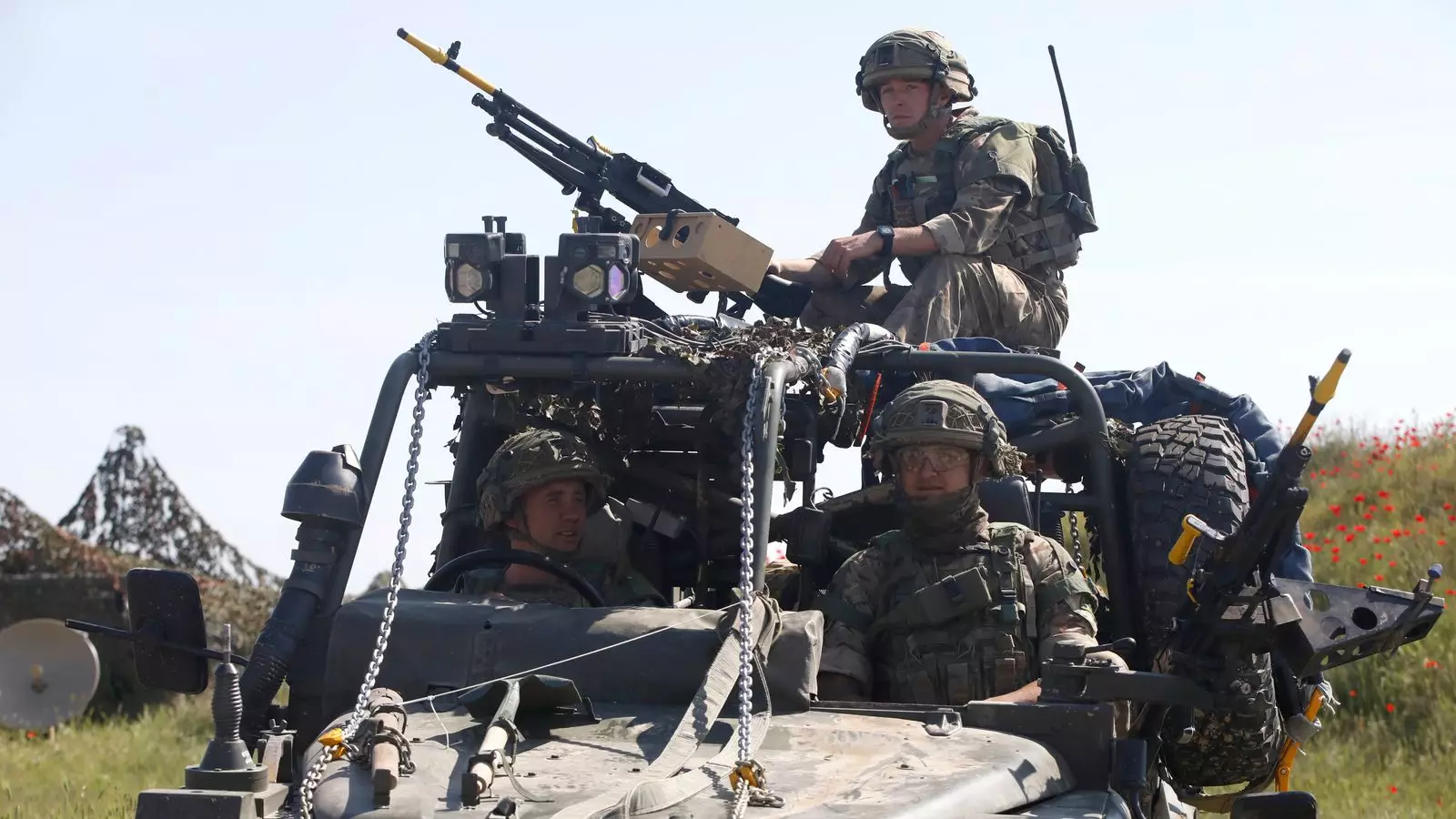The ongoing conflict in Ukraine, exacerbated by Russia’s full-scale invasion, has prompted discussions among Western officials regarding the potential deployment of European troops to the region. The aim of this proposed military presence is not to serve as traditional peacekeeping forces but to act as a “reassurance” component to strengthen the security situation in Ukraine after a potential ceasefire. This article delves into the motivations behind this proposal, the strategic considerations involved, and the implications for regional security.
Recent discussions among European allies, particularly the UK and France, hint at deploying a contingent of troops, likely numbering between 25,000 and 30,000. These forces would not be stationed in frontline areas but instead positioned within urban centers, ports, and key infrastructures such as nuclear facilities. Such an arrangement aims to bolster domestic confidence and facilitate the safe return of displaced Ukrainians, while also re-establishing essential civil operations like aviation and maritime traffic.
The initiative includes advanced technological aspects, incorporating satellites, drones, and spy planes to enhance situational awareness. Moreover, a potential air policing mission, reminiscent of current NATO activities in the Baltic states, is under consideration to help manage Ukrainian airspace effectively. This multifaceted approach signals a significant shift in how Western nations view their role in post-conflict Ukraine, moving from reactive support to proactive security measures.
Sir Keir Starmer’s planned discussions with Donald Trump highlight the crucial role of the United States in any European-led mission. The idea of a “backstop” involves establishing an American military presence or at least maintaining American airpower strategically positioned outside Ukraine. This safeguard is regarded as essential for deterring Russia from future aggression; the fear of provoking a US response could serve as a powerful tool to stabilize the situation.
Conversely, Russia has dismissed the idea of European or NATO forces within Ukraine as “unacceptable,” illustrating the potential for escalated tensions should such deployments materialize. President Volodymyr Zelenskyy’s past assertions indicate an even larger security force, envisioning a contingent of around 110,000. This divergent view signals a significant disparity in the perspectives of Ukraine and its allies regarding the scale and nature of international support needed.
President Zelenskyy’s recent calls for more substantial security guarantees from NATO reflect the precarious situation Ukraine finds itself in. While external military support has been forthcoming, Zelenskyy emphasizes the necessity for either robust guarantees or substantial financial support to develop a formidable defense capability—potentially envisioning a one-million-strong Ukrainian military with comprehensive air defenses, including advanced systems like the US Patriot.
Without these guarantees and means to fortify its military, Zelenskyy argues that realistic options for Ukrainian security are dwindling. This highlights the importance of aligning the vision of Western military support with Ukraine’s aspirations for sovereignty and protection against further hostilities.
The discussions around troop deployment to Ukraine unveil a broader context regarding European security strategy and NATO’s future role in Eastern Europe. As conflicts evolve and new threats emerge, including within the scope of cybersecurity and hybrid warfare, the necessity for a cohesive response among European allies becomes increasingly evident.
Moreover, the geopolitical stakes are heightened by the backdrop of European dependency on Russian energy and the implications it has for collective resistance strategies. A proactive military presence in Ukraine could tip the scales towards a more secure Western Europe, reinforcing alliances and establishing a deterrent against Russian aggressions, albeit at the cost of escalating tensions.
The potential deployment of European troops in Ukraine encapsulates the complexity of modern warfare and international diplomacy. As each stake-holder weighs the risks and benefits, the commitment to Ukraine’s sovereignty remains a focal point for democratic nations. The outcomes of these discussions will not only shape Ukraine’s immediate future but also have enduring implications for the security architecture of Europe in the years to come. Balancing national interests with the collective responsibility to ensure peace and stability in the region will be imperative as Europe navigates this critical juncture in its history.

